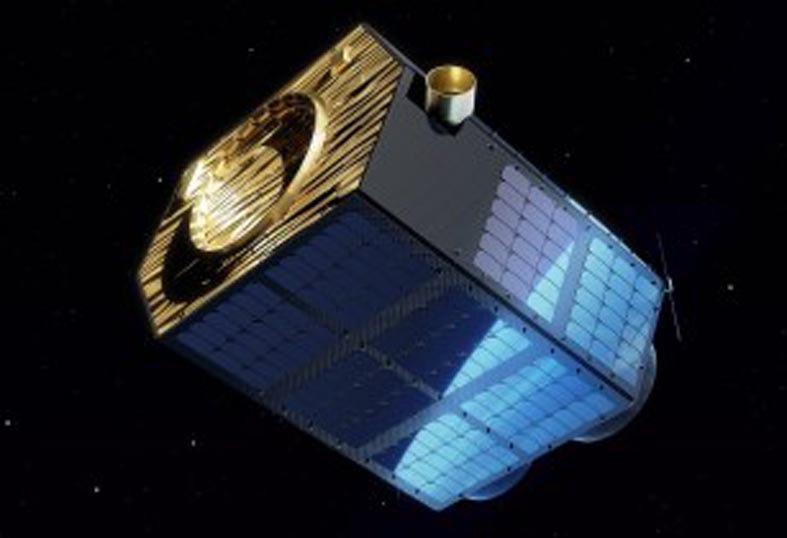Satellite imagery analytics provider EOS Data Analytics (EOSDA) has planned to launch seven optical EOS SAT satellites into a low earth orbit (LEO) by the year 2024
By launching its satellite imaging constellation, the company aims to establish a full satellite data production vertical – from direct imagery collection to processing, analysis and delivery.
One of the major objectives of the new satellite constellation will be monitoring farmlands, making this project the first of its kind oriented towards agriculture. With these new satellites, EOSDA will increase the accessibility and accuracy of its satellite monitoring features. It will also help address pressing global challenges, such as climate change, land degradation, environmental threats, and more.
“Boosting food production in the age of rapid climate change will require adhering to sustainable agriculture principles,” said EOSDA founder Max Polyakov. “Without reliable data and analytics, that objective becomes almost impossible to achieve. We are set to provide farmers with the data required to meet that goal.”
The EOS SAT satellites will feature 1.4 m panchromatic and 2.8 m multispectral Ground Sample Distance (resolution), 11 band channels, and a swath width of up to 40 km. The unique set of band channels utilised will precisely reflect agricultural needs.
The constellation will also allow for a three day revisit time all around the globe. Each satellite is designed for a five-year work span.
The EOSDA farming platform includes features such as crop health monitoring, crop classification, growth comparison, soil moisture estimation and weather prediction. It also offers:
-Near-real-time data with five to seven more frequent satellite fly-over times per week;
-Image resolutions two to eight times higher than commonly used for agri monitoring satellites;
-Proprietary data for in-house agriculture models to increase processing speed;
-Exclusive image rights for specific areas.
The project is divided into three stages: 2022, 2023, and 2024. The first satellites are projected to launch in early 2022, with subsequent hardware updates in the following years.




